Struggling to get your Mailchimp cold email campaigns to yield results? You’re not alone. Cold email campaigns can be a tricky landscape to navigate, especially when you’re working with platforms like Mailchimp that weren’t designed for this purpose. But fear not! In this blog post, we’ll help you overcome the hurdles of Mailchimp cold emailing, providing you with the tools and strategies necessary to maximize success and unlock the full potential of your campaigns.
Key Takeaways
- Mailchimp does not allow cold emailing and strictly enforces its Terms of Service.
- Personalization, clear calls to action, segmentation, strategic follow-ups and analytics are essential for optimizing cold email campaigns.
- Leverage dedicated software and A/B testing to maximize success without Mailchimp.
Understanding Mailchimp's Position on Cold Emailing
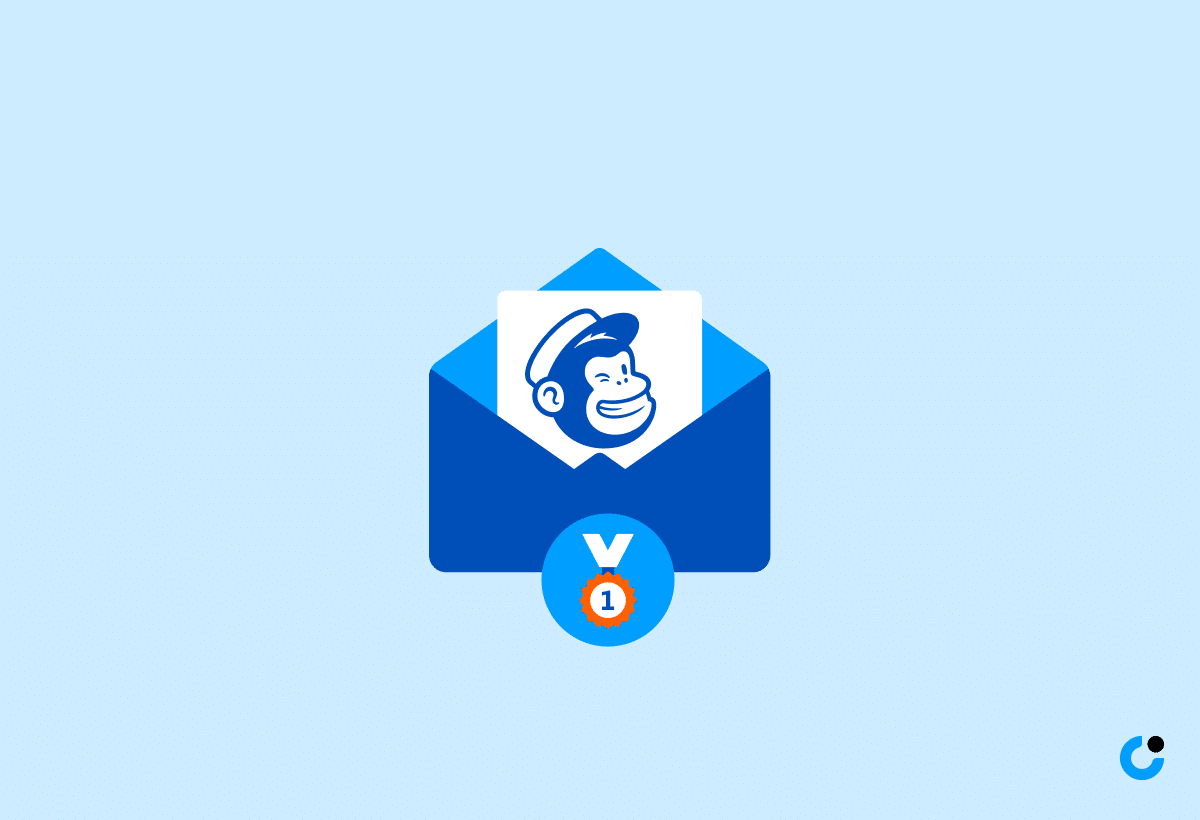
While cold emailing may seem like a tempting way to reach new customers, understanding that platforms like Mailchimp are not designed for this purpose is a must. Mailchimp strictly adheres to its terms of service, which prohibit unsolicited emails and emphasize opt-in communication with existing subscribers. As a result, using Mailchimp for cold emailing can lead to your emails being directed to the promotions tab or, even worse, being flagged as spam.
The Opt-in Philosophy

Mailchimp’s opt-in philosophy is centered around obtaining explicit consent from individuals before adding them to your Mailchimp account email list. By focusing on permission-based marketing and maintaining a positive sender reputation, Mailchimp users can optimize email deliverability and ensure their messages reach the intended recipients’ inboxes.
This approach not only complies with privacy laws but also allows you to target customers who are genuinely interested in your brand, products, or services, resulting in higher engagement and better outcomes in your email campaigns.
Terms of Service Restrictions
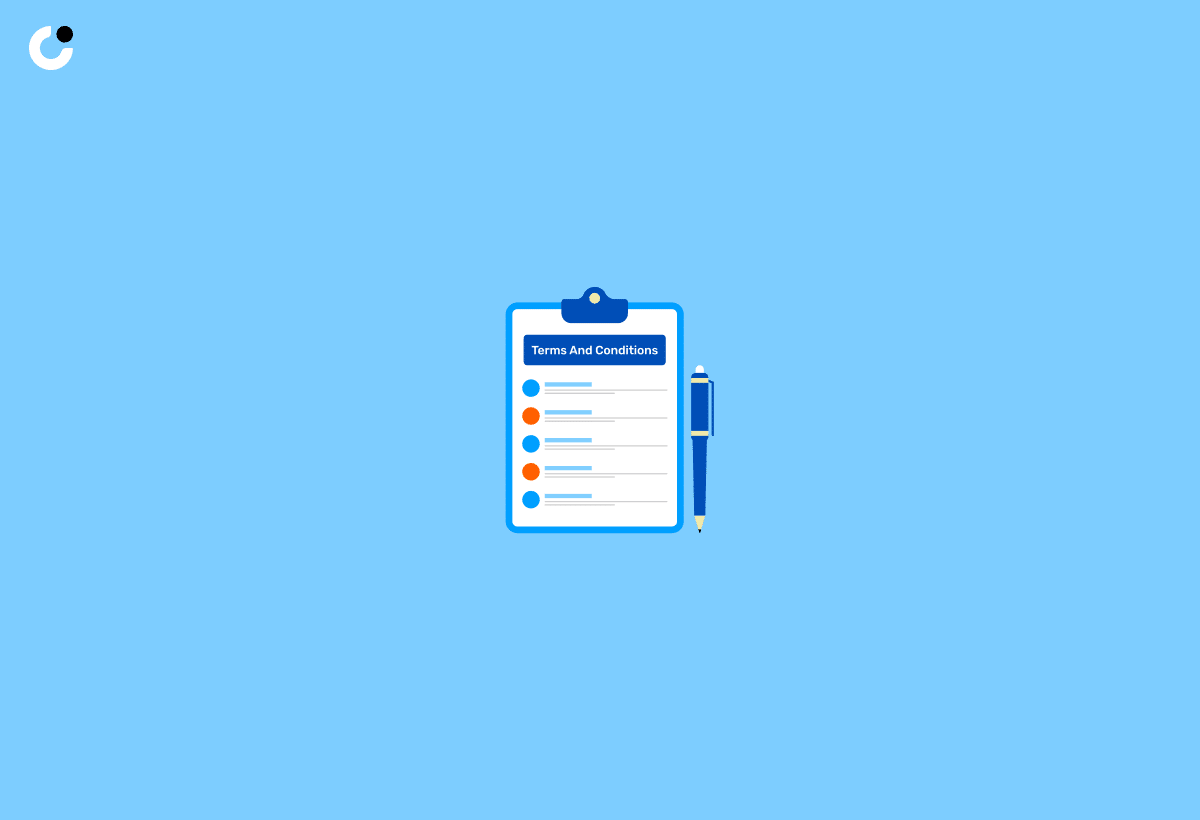
Mailchimp’s terms of service actively restrict cold emailing to protect their platform’s deliverability and prevent spam. According to their definition, “cold emailing” involves sending unsolicited emails to individuals who have not provided explicit consent to receive such emails. Violating these terms can result in penalties, such as account suspension or even permanent banning.
Therefore, looking into other platforms and strategies becomes a necessity in the realm of cold emailing.
Navigating the Challenges of Cold Email Deliverability

Cold email deliverability is a critical factor in the success of your campaigns. Ensuring that your emails reach the main inbox of your target audience requires a solid understanding of the challenges you may face, such as avoiding spam filters and creating engaging content.
Avoiding the Spam Folder

One way to prevent your cold emails from being marked as spam is to personalize the content. Personalization creates an engaging and relevant experience for the recipient, increasing the credibility and trustworthiness of your message.
Adherence to legal guidelines like CAN-SPAM and GDPR also helps in minimizing the risk of your emails being directed to the spam folder. Lastly, avoid bulk sending, as it increases the likelihood of activating spam filters and being marked as spam by email service providers.
Ensuring Your Emails Reach the Main Inbox
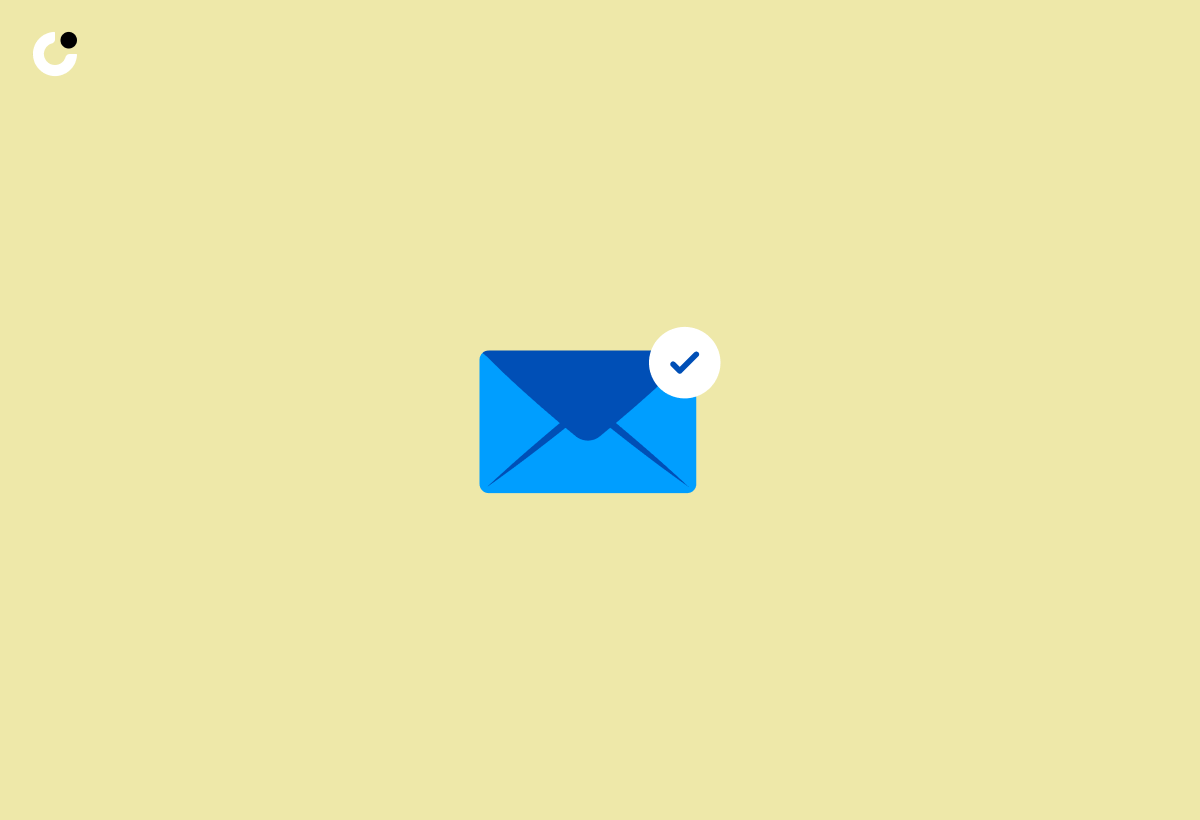
To improve the chances of your cold emails landing in the main inbox, consider using dedicated cold email software and integrating with your email SMTP address. Platforms like QuickMail and Woodpecker offer features tailored for cold emailing, such as personalization and follow-up automation. Integrating your email account with the email SMTP address ensures better deliverability and gives you more control over your sender reputation.
Leveraging tools and strategies, such as drip email campaigns and utilizing social media channels, can enhance the probability of your emails reaching your target audience through effective email marketing and social media marketing.
Crafting Effective Cold Emails Without Mailchimp
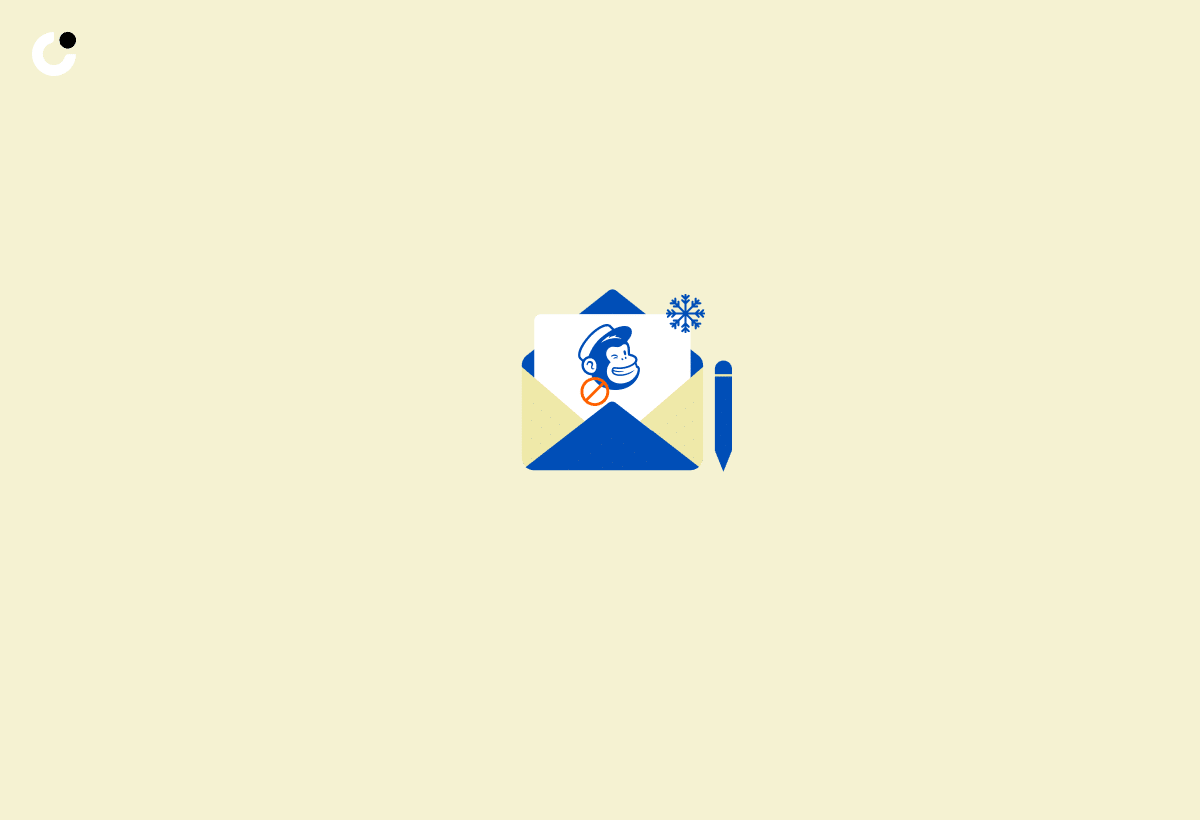
While Mailchimp may not be the ideal platform for cold emailing, there are still plenty of ways to craft effective cold emails that resonate with your target audience. Focusing on personalization and clear calls to action will help you craft cold emails that stand out in your recipients’ inboxes and stimulate engagement.
Personalization is Key
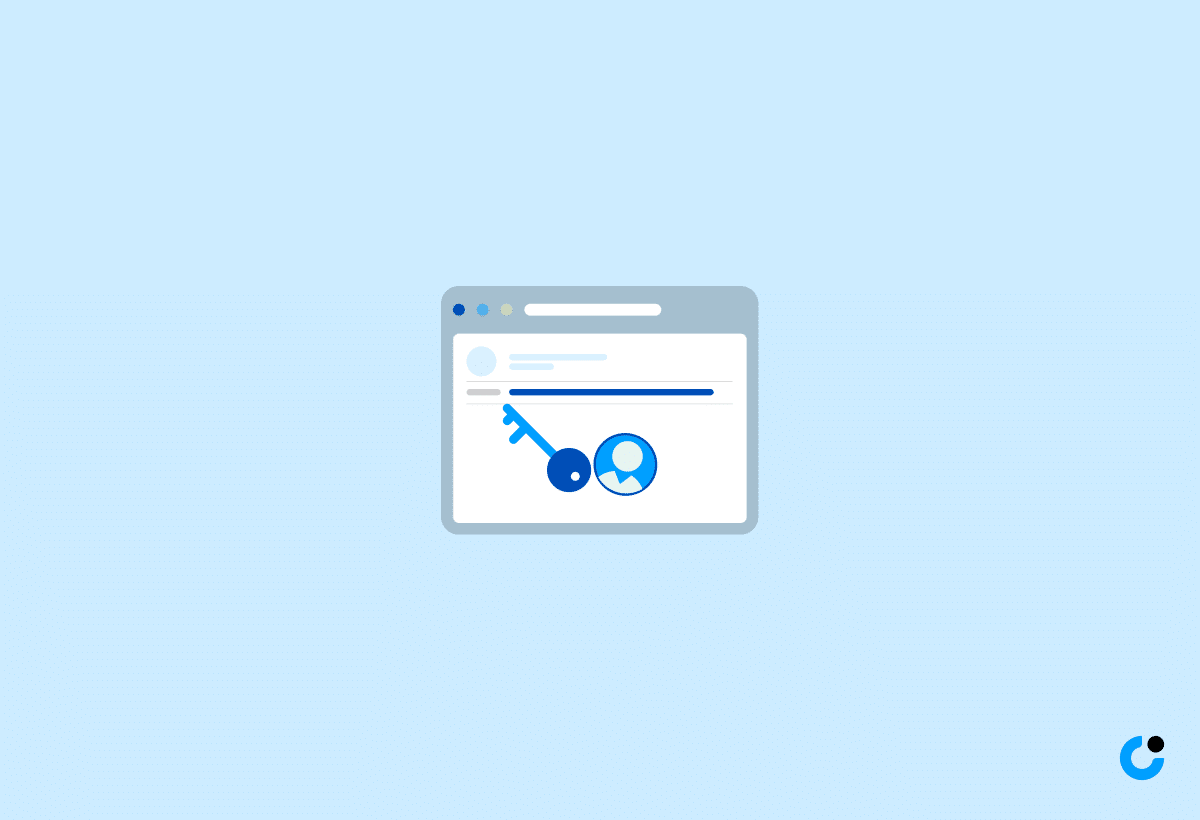
Personalization is a powerful tool for increasing engagement and response rates in your cold email campaigns. By including the recipient’s name, interests, or previous interactions in your emails, you can create a more personalized experience that captures their attention and encourages them to take action.
Remember, the more relevant and engaging your emails are, the higher the likelihood of a positive response from your recipients.
Clear Call to Action

Along with personalization, including a clear call to action in your cold emails is of utmost importance. A well-crafted call to action guides the recipient towards the desired outcome, such as:
- scheduling a meeting
- signing up for a webinar
- downloading a resource
- making a purchase
By making it easy for your recipients to understand what you want them to do, you’ll increase the chances of a successful outcome and improve your overall campaign performance.
Choosing the Right Platform for Cold Email Campaigns
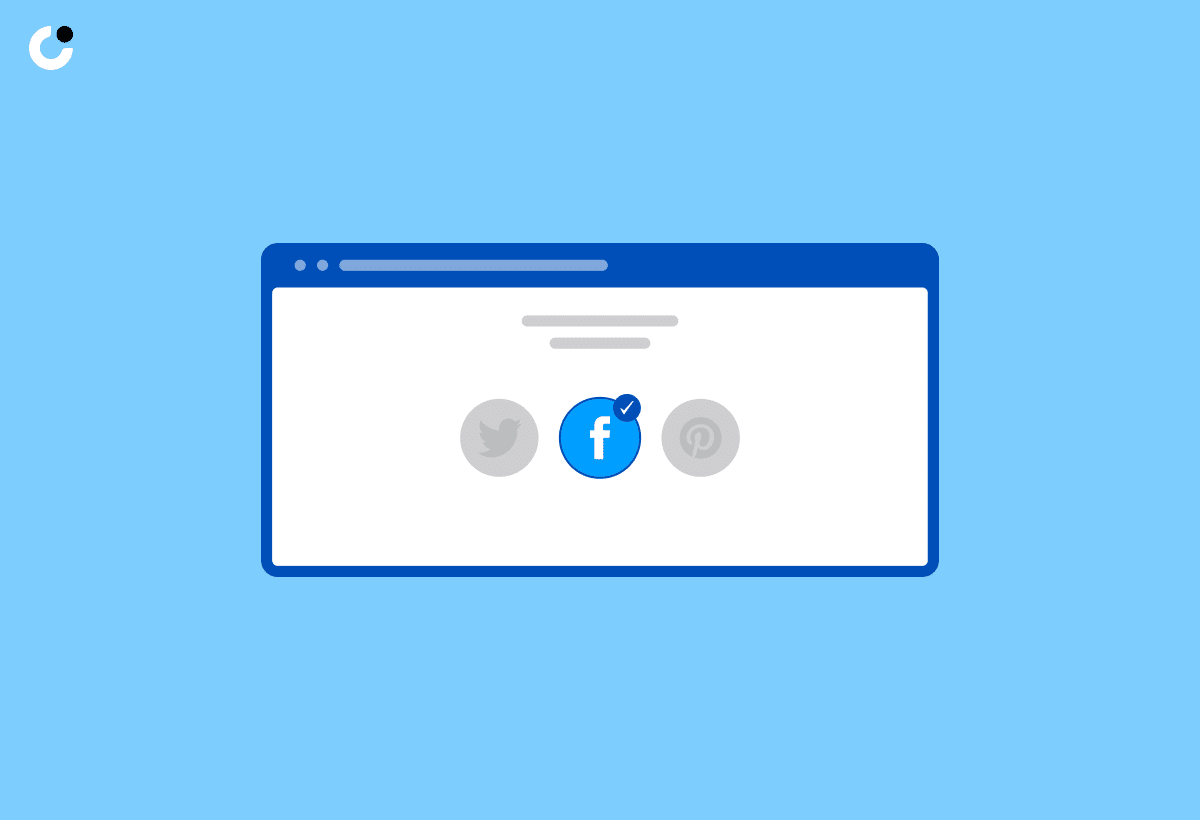
With the understanding of the importance of personalization and clear calls to action in cold emails, the next step is to identify the right platform to manage your campaigns. When choosing a platform for cold email campaigns, it’s important to evaluate the options available, such as dedicated software and SMTP address integration, to ensure you’re using the right tools for your needs.
Dedicated Cold Email Software

Dedicated cold email software, such as QuickMail and Woodpecker, offer features specifically designed for cold emailing, including personalization and automated follow-up. These platforms enable you to create highly targeted and personalized emails, increasing the likelihood of engagement and conversion.
Using dedicated software can help in streamlining your cold email campaigns and ensuring your message reaches the right audience.
Evaluating Email SMTP Address Integration
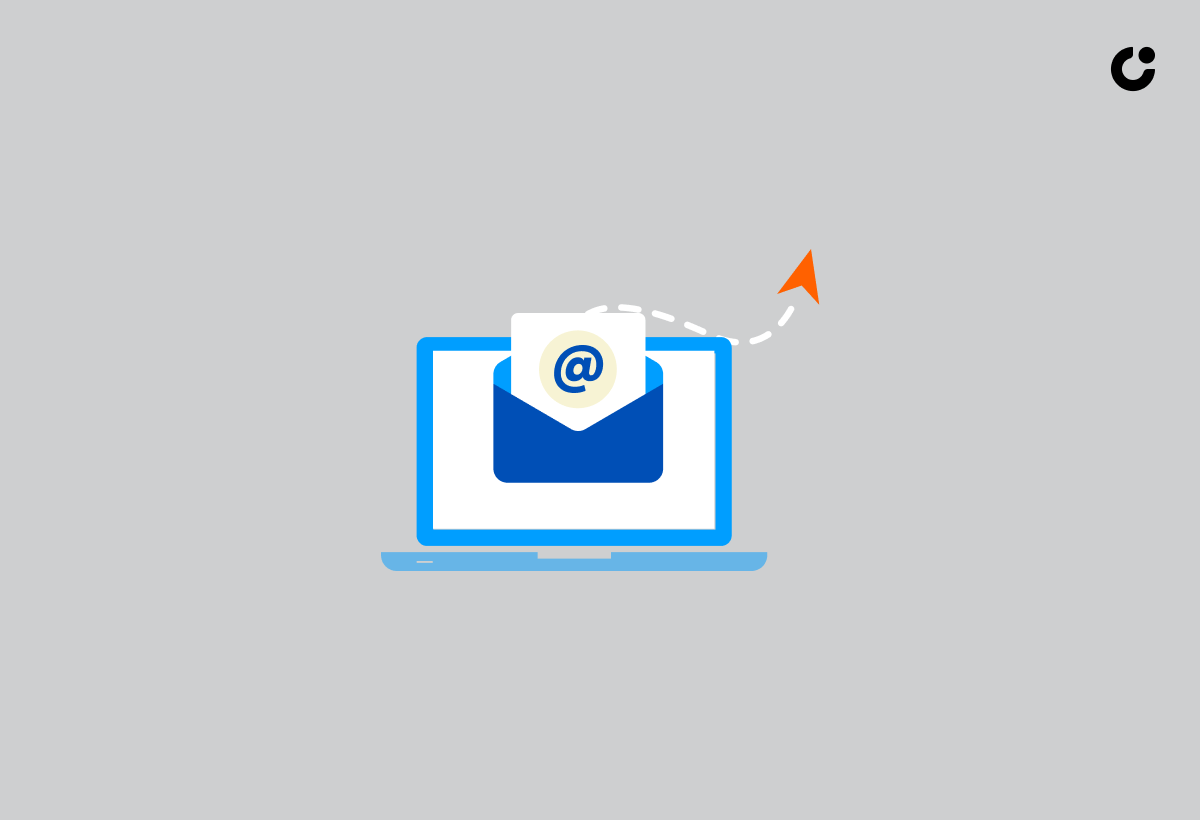
In addition to dedicated cold email software, you should also consider platforms that integrate with your email SMTP address. Integrating with your email SMTP address ensures better deliverability and gives you more control over your sender reputation. Some of the leading platforms that offer SMTP address integration are:
Evaluating these options will help you find the best fit for your cold email campaigns and guarantee that your messages reach their intended recipients.
Scaling Your Cold Email Strategy

As you keep refining your cold email campaigns, considering how to effectively scale your strategy becomes imperative. To do this, you’ll need to focus on audience segmentation and strategic follow-ups, both of which can help maximize engagement and conversions.
Segmenting Your Audience
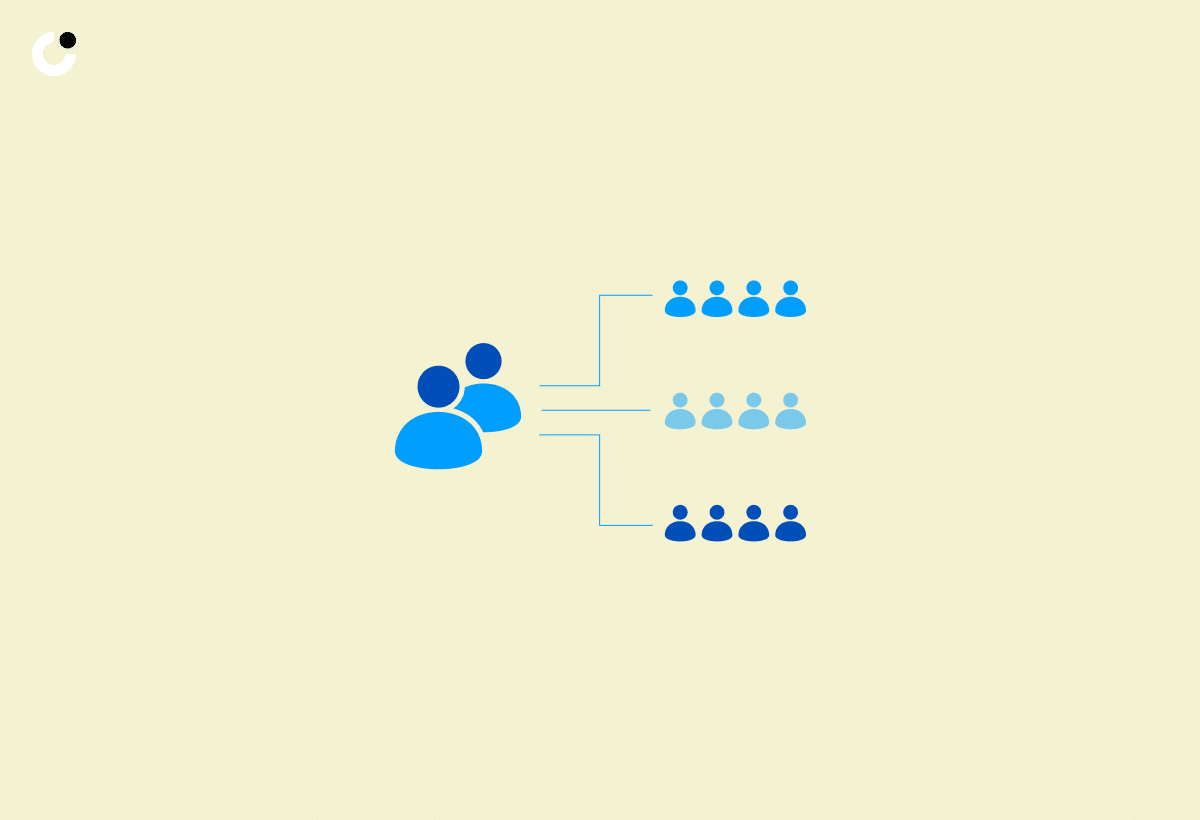
Segmenting your audience is a crucial step in scaling your cold email strategy. By breaking your email recipients into smaller, targeted groups, you can create more relevant and personalized emails, increasing the chances of a positive response. Effective audience segmentation can involve factors such as industry, job title, or company size, allowing you to tailor your messaging to the specific needs and interests of each segment.
Focusing on targeted messaging will enable you to reach a wider audience and enhance the overall success rate of your cold email campaigns through effective cold email outreach, while also considering the potential of direct mail strategies.
Following Up Strategically

Strategic follow-ups are another essential component of scaling your cold email strategy. By automating and personalizing your follow-up messages, you can maintain engagement with recipients who have not yet responded to your initial email. Some tools to automate follow-up emails in a cold email campaign include:
Implementing strategic follow-ups will heighten the probability of a successful outcome and maximize the return on your cold email campaigns, making the follow up email a crucial component.
Leveraging Analytics to Refine Cold Emails
For further optimization of your cold email campaigns, leveraging analytics to track key metrics like open and response rates is necessary. By analyzing this data, you can identify areas for improvement and make data-driven decisions to optimize your campaigns.
Tracking Open and Response Rates
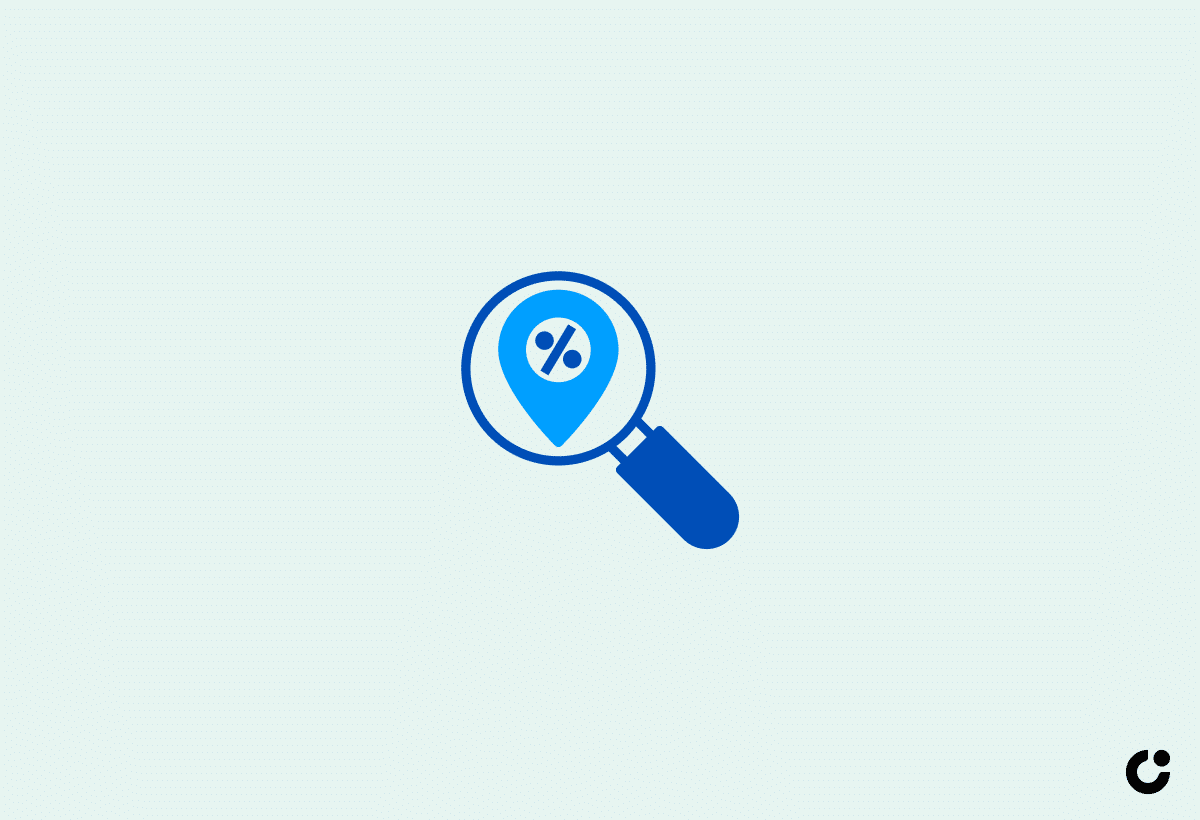
Monitoring open and response rates is crucial for measuring the success of your cold email campaigns and identifying areas for improvement. Tools that can help you track these metrics include:
These tools provide valuable insights into the effectiveness of your campaigns.
Monitoring these key metrics will enable you to make data-driven decisions to optimize your cold email strategy and attain better results.
A/B Testing for Optimization
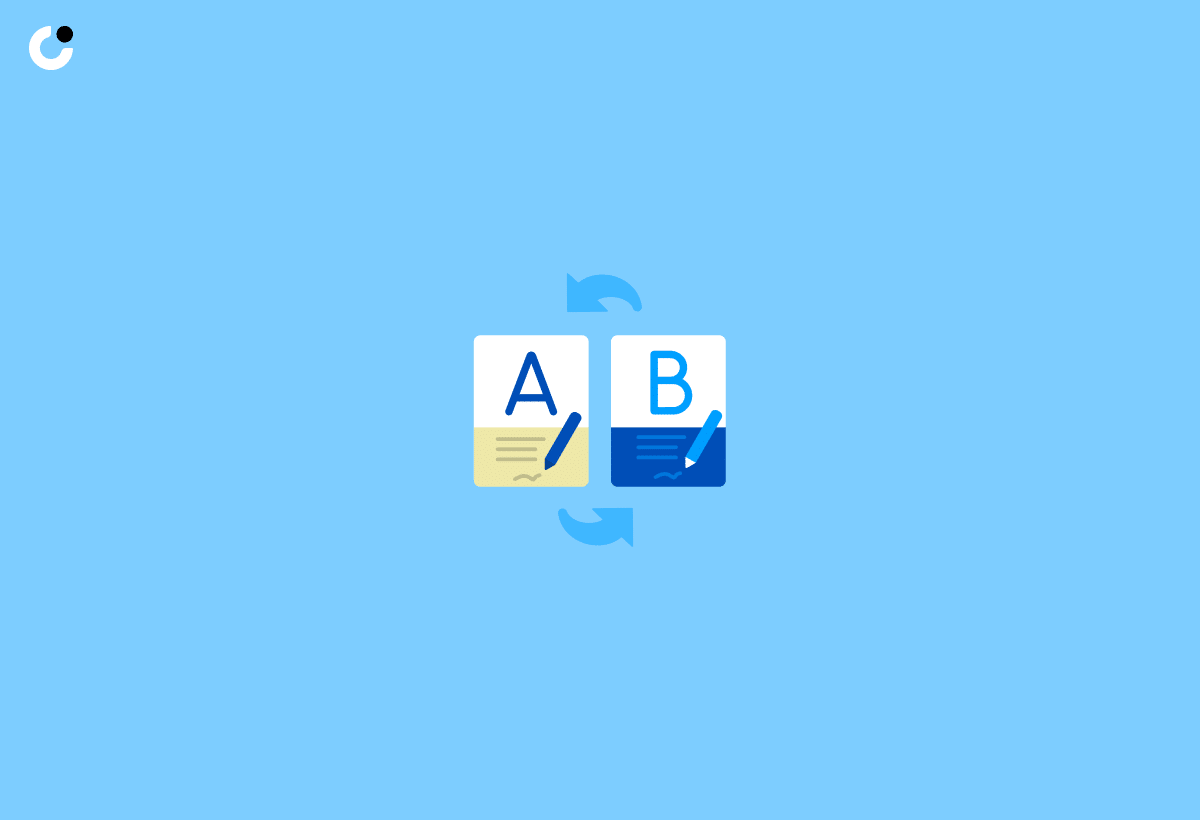
A/B testing is another important tool for refining your cold email campaigns. By testing different elements of your emails, such as subject lines and content, you can identify which version yields better results and make data-driven decisions to optimize your campaigns. Platforms like:
offer A/B testing features, allowing you to experiment with various variations of email content to determine which version produces the best results.
Summary
In conclusion, cold email campaigns present unique challenges, but with the right strategies and tools, you can overcome these hurdles and achieve success. By focusing on personalization, clear calls to action, audience segmentation, strategic follow-ups, and leveraging analytics, you can maximize engagement and conversions in your cold email campaigns. Remember, the key to success lies in understanding your target audience and continually refining your approach based on data-driven insights.
Frequently Asked Questions
How to solicit business via email?
Personalize the email by doing research on the recipient, keep it concise, add a call to action, mention competitors, provide value, and sign off with your contact information.
How to write an email asking for advertising?
When writing an email to ask for advertising, keep the email concise, research the recipient, personalize it, and clearly state how your product or service can be of help. Make sure to use a professional tone throughout.
What are some alternatives to Mailchimp for cold emailing?
QuickMail, Woodpecker, Lemlist, and Yesware are all excellent alternatives to Mailchimp for cold emailing.
How can I ensure my cold emails reach the main inbox?
To ensure your cold emails reach the main inbox, use dedicated cold email software, integrate it with your email SMTP address, and focus on personalization by writing in a professional tone and using clear, concise language that establishes a connection with the reader.
What are some best practices for personalizing cold emails?
To personalize cold emails, use the recipient's name, reference common interests, and tailor content to their individual needs. Make sure to maintain a professional tone and avoid introductions or summaries that don't add value.

